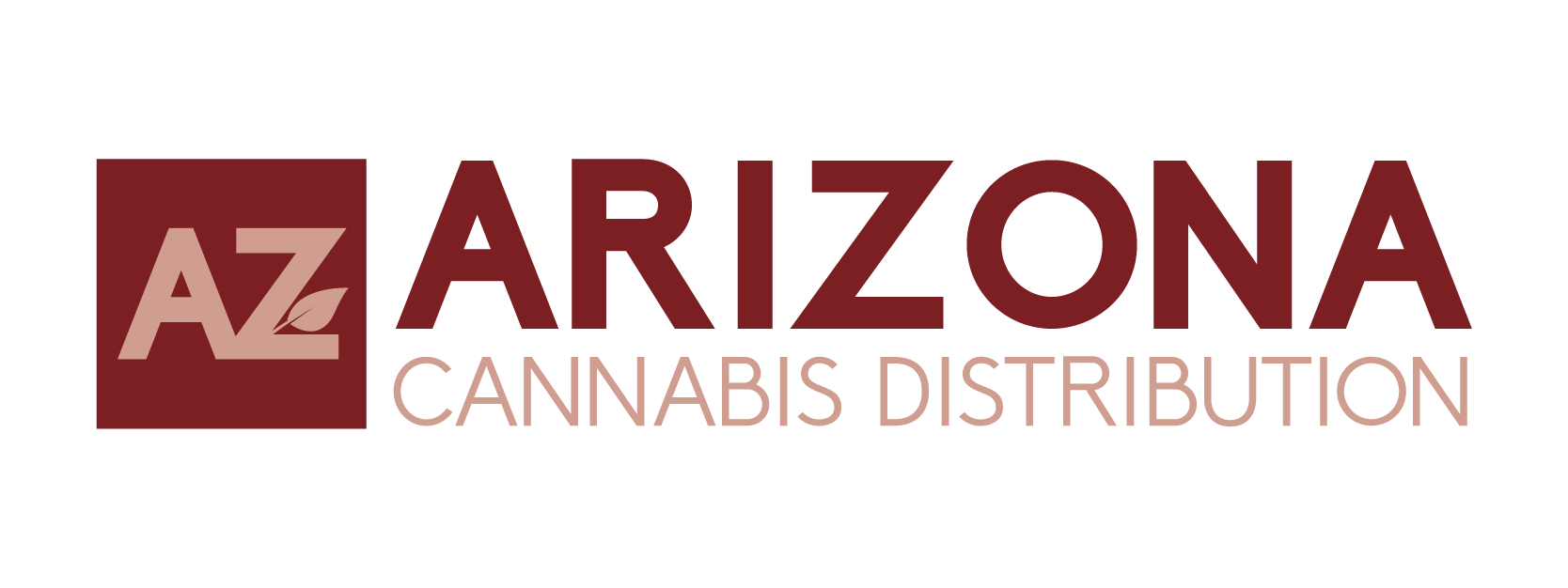As consumer behavior continues to evolve across the cannabis landscape, distribution companies are facing unprecedented pressure to adapt. From rising demand for faster delivery to increased interest in premium, sustainably packaged products, today’s cannabis buyer is influencing not just what gets sold—but how it gets delivered.
In recent years, the cannabis distribution sector has undergone rapid transformation, largely fueled by changing consumer expectations. According to data from New Frontier Data, over 60% of cannabis consumers in legal states now prefer to shop via online platforms, with a growing segment expecting same-day or next-day delivery. This shift is pushing distribution companies to streamline logistics, invest in route optimization software, and embrace hybrid distribution models that blend wholesale, direct-to-retail, and even direct-to-consumer fulfillment.
“Distribution companies are no longer just warehouse operators,” said Amanda Reyes, a logistics analyst at BDSA, a leading cannabis market research firm. “They’re becoming tech-enabled fulfillment engines built around consumer demand signals.”
One of the biggest shifts is the increased consumer appetite for branded products. Buyers today are more informed and more loyal to specific strains, formats, or brand identities. This brand affinity is impacting how distribution companies manage inventory and relationships with retailers. Rather than stocking a wide array of SKUs, distributors are prioritizing high-performing brands with consistent demand, increasing efficiency but also narrowing market access for emerging players.
Sustainability is another major factor. A 2024 survey by Brightfield Group found that 49% of cannabis consumers aged 25-40 consider environmental impact when purchasing cannabis products. This trend is influencing distribution operations—from packaging protocols to partnerships with environmentally conscious brands. Some companies, like Nabis, have begun offering carbon-neutral shipping options and eco-friendly warehousing practices to align with retailer and consumer values.
The rise of cannabis delivery apps has also reshaped expectations. Companies like Eaze and Jane have set a new standard for convenience, leading distributors to prioritize speed, tracking transparency, and real-time inventory syncs with retailers. “Consumers want the Amazon Prime experience,” said Reyes. “And that means distributors must be both fast and accurate.”
Yet, with opportunity comes risk. Smaller distribution firms may struggle to keep up with the tech investments and compliance demands needed to meet these new standards. Regulatory differences across states add further complexity, forcing companies to maintain agile operations that can pivot based on market conditions.
Looking ahead, experts believe the most successful distribution companies will be those that embrace consumer data analytics, prioritize flexible delivery infrastructure, and forge strong relationships with both retailers and end consumers.
“The future of cannabis distribution isn’t just about moving product,” Reyes concluded. “It’s about delivering experiences that match consumer values and expectations. That’s the new frontier.”
As the market matures, one thing is clear: consumer trends aren’t just influencing cannabis distribution—they’re defining it.
